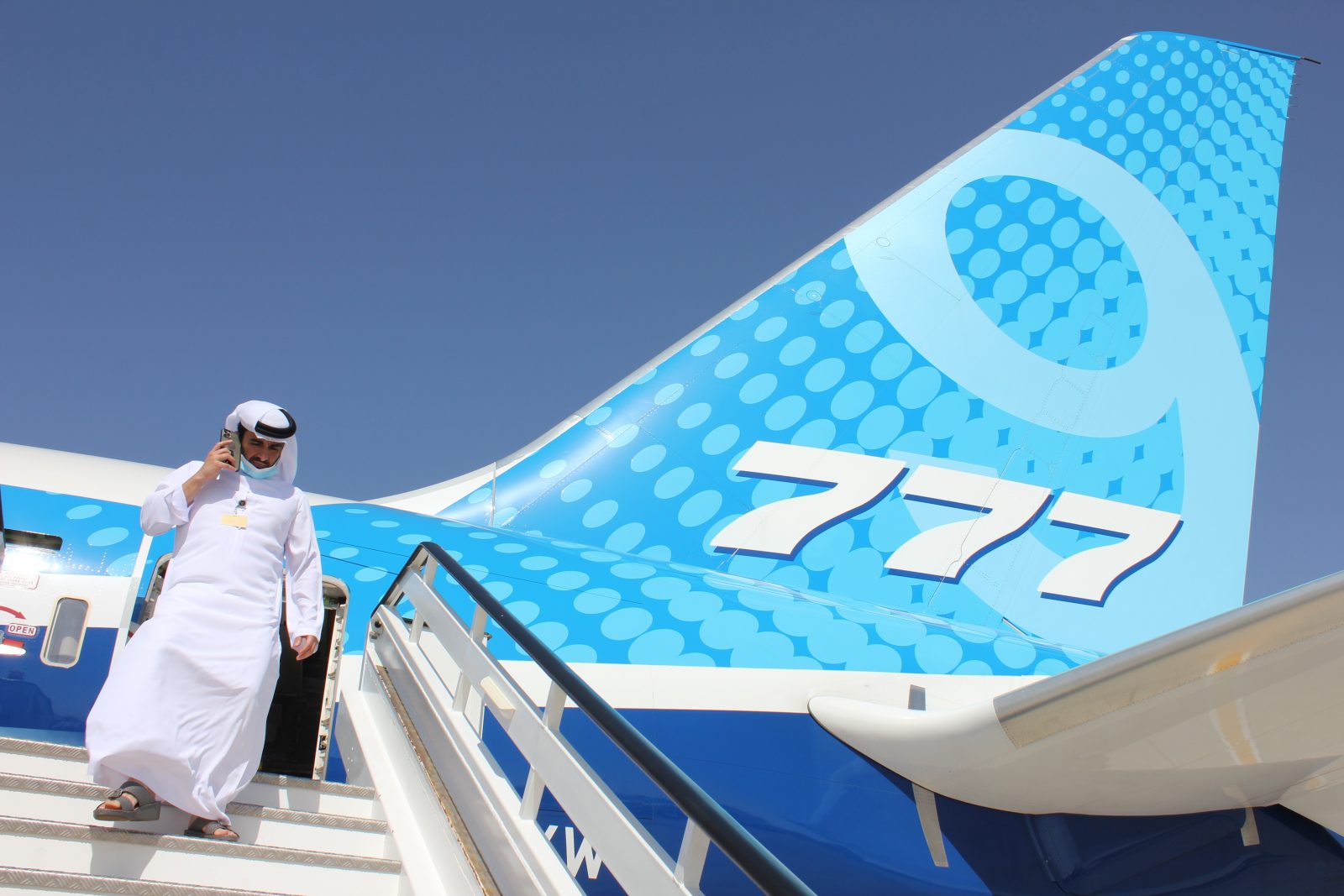
Beleagured aircraft manufacturer Boeing has been forced to ground its test fleet of the next-generation 777X widebody aircraft after a new and potentially significant problem emerged during a certification flight on Friday.
The issue was spotted following a test flight in Hawaii shortly after engineers performed a routine post-flight inspection of the airframe in Kona where they discovered damage in a part that connects the engine to the wings.
As reported by the Air Current, engineers noticed cracks in a primary pylon structural component that mounts the plane’s new General Electric GE9X Turbofan engines to the wings.
Following the discovery, Boeing ordered additional checks of all its test 777X aircraft and discovered similar issues on two other planes. Test flights were quickly suspended and the entire fleet is now grounded while an investigation gets underway.
The discovery will be a massive blow to Boeing, which was only allowed to start certification flights of the long-awaited and much-delayed 777X last month following a years-long delay.
Boeing first started test flights of its 777X in early 2020, but the certification journey had to be quickly abandoned after a slew of technical issues, including with the aircraft’s flight control system, were discovered.
The journey to certification has been further delayed by further regulatory oversight following the fatal 737MAX crashes, as well as the more recent mid-cabin exit door blowout on Alaska Airlines flight 1283 in January. Issues with Boeing’s 787 Dreamliner program and whistleblower complaints have also posed massive challenges for Boeing.
The 777X is the next iteration in Boeing’s hugely successful 777 programme. The aircraft comes in two sizes: the 777-8, which is capable of seating 384 passengers in a two-class configuration and the 777-9, which can hold as many as 426 passengers. The list price for the airliner ranges from $410 million to $442 million.
Despite myriad problems, Boeing has won over 500 orders for the 77X with customers including Emirates, Qatar Airways, British Airways and Singapore Airlines. Last month, Korean Airlines firmed up an order for 20 of Boeing’s larger 777-9 aircraft.
Boeing has attempted to downplay the seriousness of this latest setback with a spokesperson saying that the manufacturer would replace the damaged part and test flights would resume “when ready”.
The damaged part is called a ‘thrust link’ and it helps transfer the thrust of the power through the airframe. There are two thrust links installed on each of the two engines should one of them fail.
Crucially, however, due to the sheer size of the new GE9X Turbofan engines, the design of the thrust link is unique to the 777X.
Until this latest problem was discovered, Boeing had been hopeful of getting the 777X certified in time for the first deliveries to eager airline customers in mid-2025. That timeframe would already put the aircraft five years behind schedule, and some airlines expect the schedule to slip further.
Mateusz Maszczynski honed his skills as an international flight attendant at the most prominent airline in the Middle East and has been flying ever since... most recently for a well known European airline. Matt is passionate about the aviation industry and has become an expert in passenger experience and human-centric stories. Always keeping an ear close to the ground, Matt's industry insights, analysis and news coverage is frequently relied upon by some of the biggest names in journalism.







